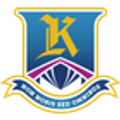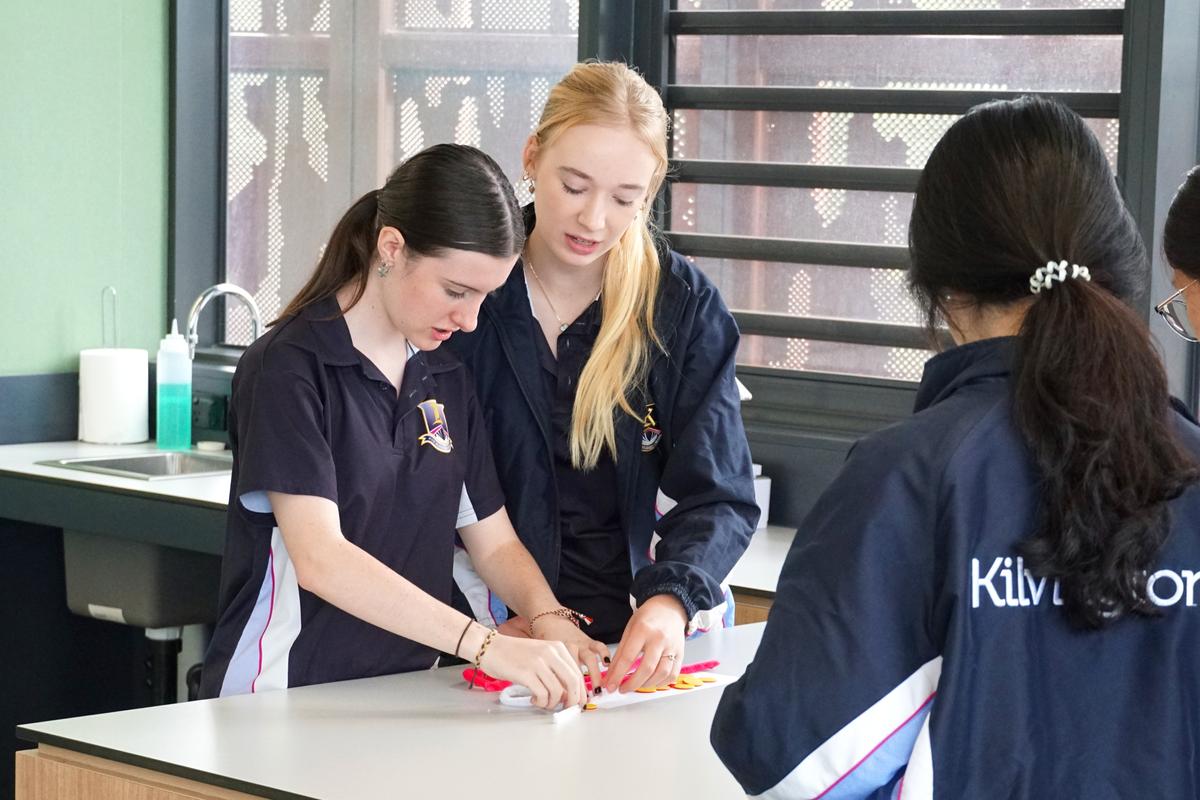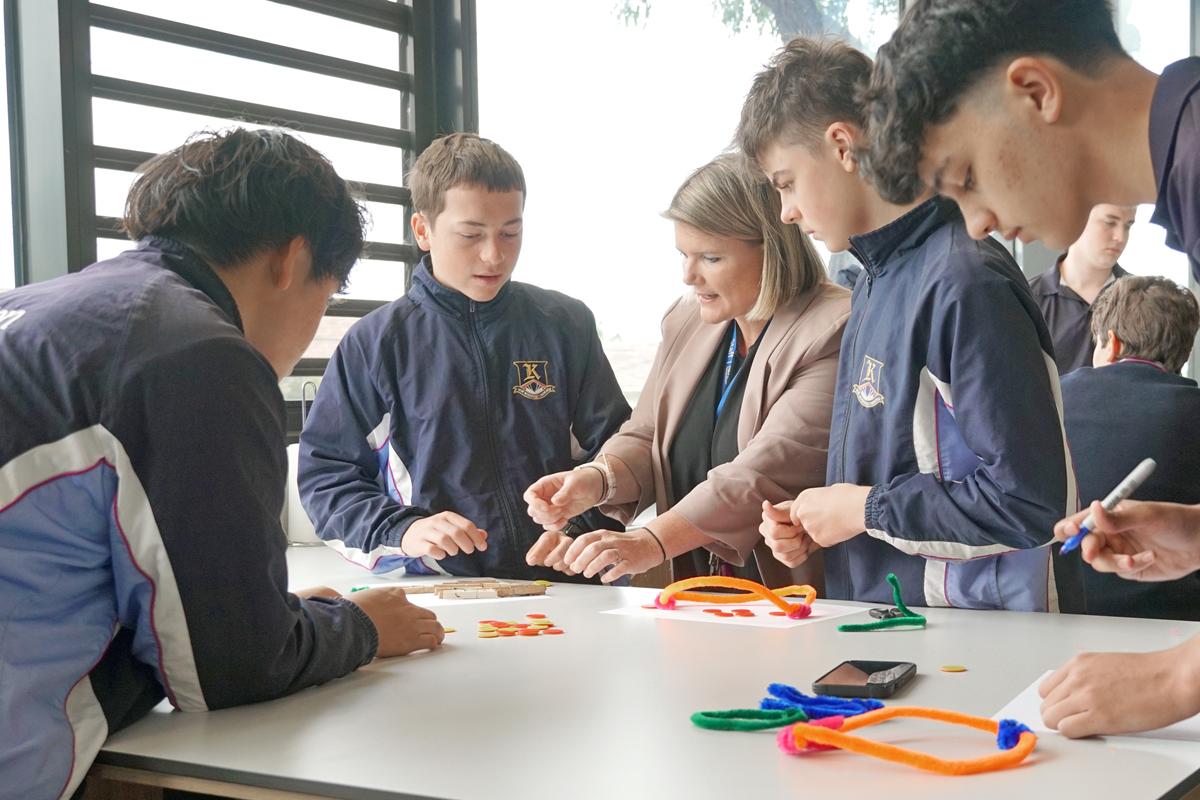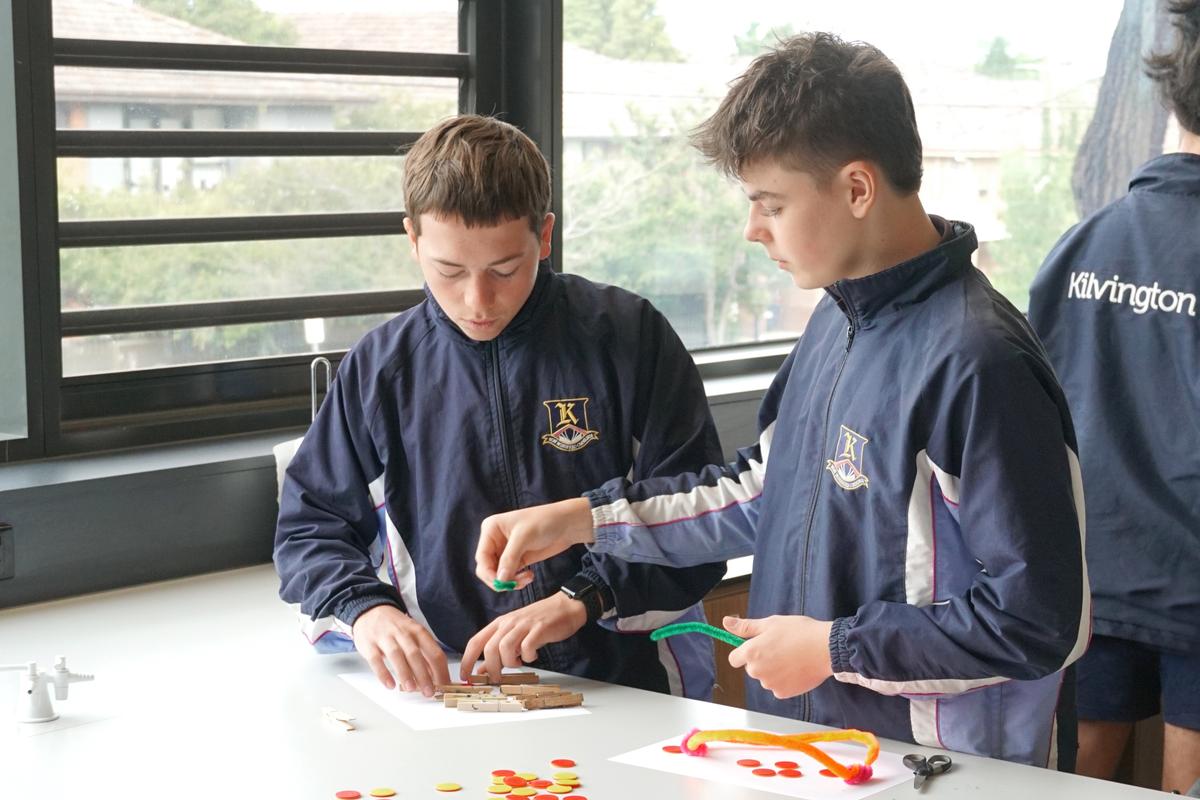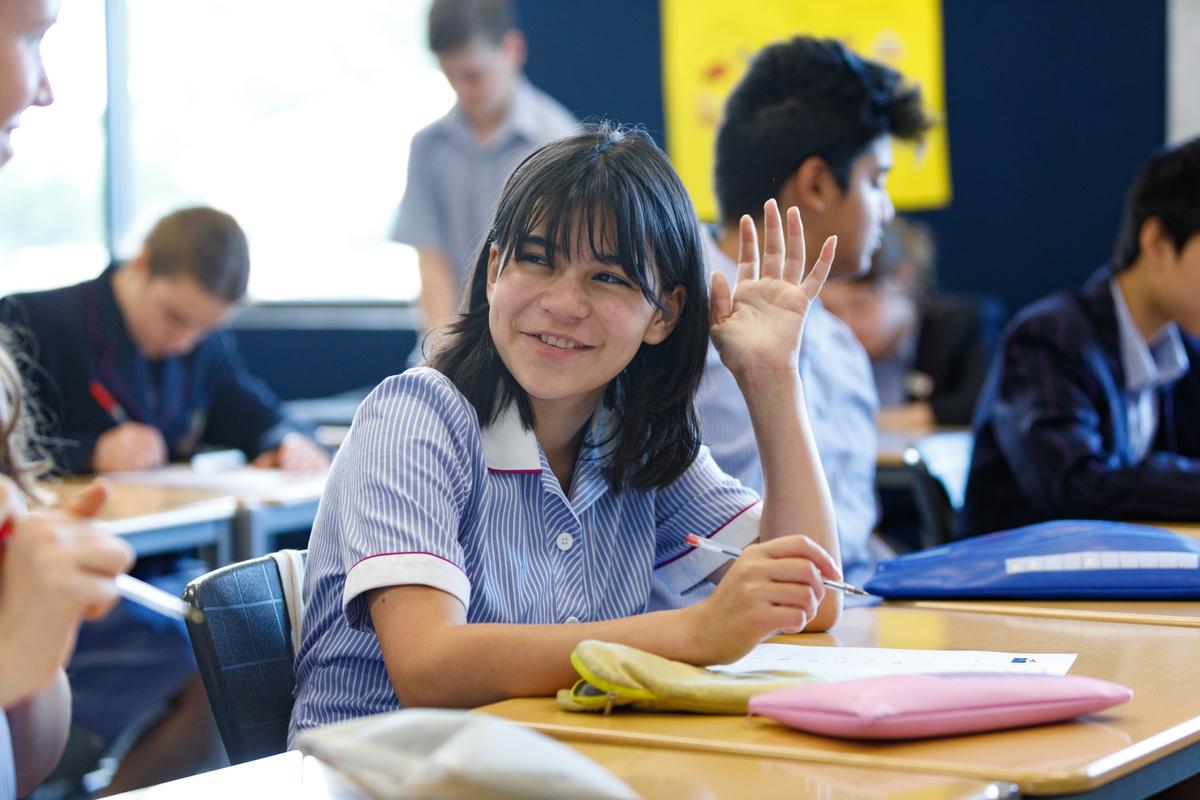From the Leadership Team
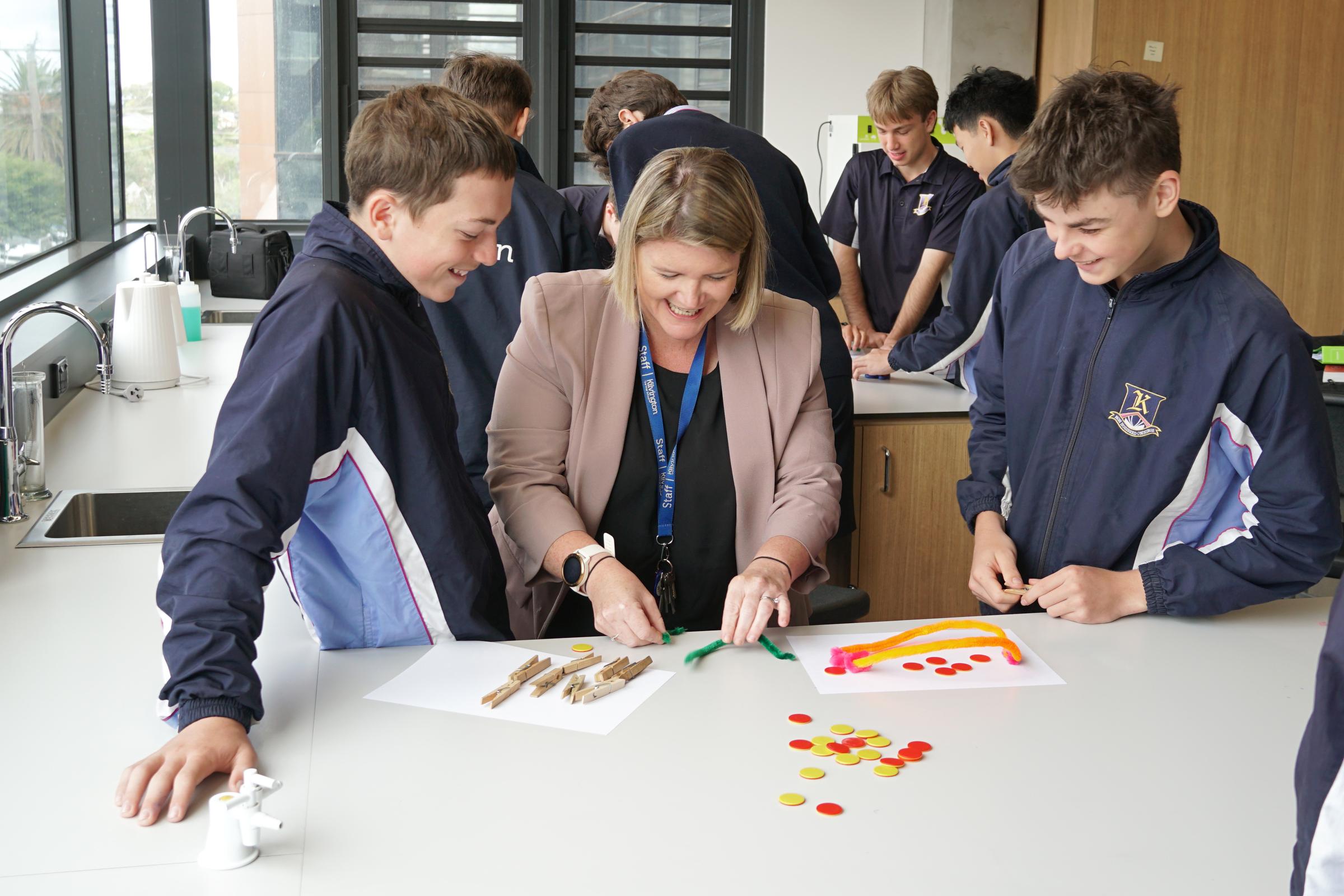
Alice James, Head of Teaching and Learning
New instructional model for Senior School
AN IMPROVED FRAMEWORK FOR TEACHING AND LEARNING
The start of a new school year is always an exciting time, and 2025 has been no exception at Kilvington. Students and teachers have settled well into their new classes and are embracing the busyness of the year ahead.
This term, Senior School students may have noticed some changes in the way they are taught. Based on feedback from all Senior School students in 2024, we have developed a new instructional model grounded in best-practice research.
The focus is on students becoming producers of their own learning rather than passive recipients of teaching. This shift fosters greater collaboration and provides more regular opportunities for students to demonstrate their learning and understanding.
ALIGNMENT WITH JUNIOR SCHOOL MODEL
This approach marries well with the Junior School instructional model, which emphasises active learning — encouraging students to ‘do’ their learning rather than simply absorb information. Together, these models equip students with essential skills to become independent and engaged learners.
WHAT DOES THIS LOOK LIKE FOR STUDENTS?
While teachers will adapt the framework to suit their lessons and students’ needs, the instructional model provides a structured approach to lesson planning, ensuring consistency across the Senior School. Each lesson—or series of lessons—follows a similar sequence:
What did you learn last time?
Each lesson begins with an opportunity for students to recall prior learning and quickly settle into the session.
Invite curiosity
Next, teachers pose questions or provide prompts to spark student curiosity and engagement. They might give a quick demonstration or use imagery to start a discussion, with the purpose of linking the students' learning to the real world.
What are we learning today and why?
Teachers clearly outline what students should be able to do by the end of the session. This helps students to measure their progress in class.
How to …
Teachers introduce the essential knowledge, skills and concepts required for success in the lesson. This section is designed to be concise and engaging, ensuring students remain focused.
Over to you
This is the bulk of the learning in a lesson. Here, students develop their thinking, practise key skills, and explore concepts in greater detail. Classroom furniture is arranged to encourage collaboration among students and enable teachers to provide targeted support to small groups.
Did you get it?
Lessons end with reflection time, where students are encouraged to think about what they understand and identify areas where they still have questions.
ONGOING DEVELOPMENT AND FEEDBACK
To support this shift in teaching, Senior School teachers have engaged in multiple professional learning sessions to help them apply this framework in their classrooms.
Students will notice a variety of new teaching strategies and approaches being trialled, and their feedback is highly valued. At the end of Term 1, they will be surveyed on their experiences with the new model.
I look forward to seeing the impact of this approach throughout the year and continuing to refine our teaching practices based on student feedback!
